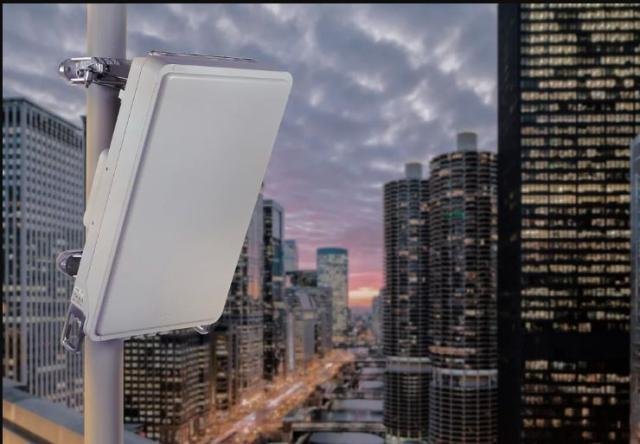Bharti Airtel has announced an innovative collaboration with Nokia to launch the “Green 5G” initiative, aimed at implementing energy-efficient solutions within Airtel’s mobile network.

This initiative is poised to enhance energy efficiency across Airtel’s 4G/5G Radio Access Network (RAN) by integrating advanced technologies such as artificial intelligence (AI) and machine learning (ML) along with innovative software features.
The approach is expected to optimize energy usage during both peak and off-peak hours, projecting a significant reduction of approximately 143,413 metric tons of CO2 emissions annually.
MTN Consulting says the average telco consumed 64.4 MWh of energy per Petabyte of traffic in 2022 as compared with 81.3 MWh/PB in 2020. This improvement is in line with the goal of both telcos and their vendors: to improve the network’s energy efficiency over time.
The average telco’s carbon footprint per unit of traffic declined to 83.3 MTCO2e/PB in 2022 from 110.8 millions of tons of CO2 equivalent (MTCO2e) per Petabyte in 2020.
Randeep Sekhon, Chief Technology Officer at Bharti Airtel, emphasized the importance of sustainability in the rapidly expanding mobile network landscape.
“This partnership allows us to leverage innovative solutions that deliver substantial energy savings, enabling us to significantly reduce our carbon footprint and further our environmental objectives in alignment with our business strategy,” Randeep Sekhon stated.
Key Aspects of the Green 5G Initiative:
Zero-Traffic, Zero-Watt Operation: This feature minimizes the radio network’s power consumption to minimal levels during periods of no traffic, optimizing energy management and conserving power.
AI/ML Integration: Combining Nokia’s energy-saving technologies with Airtel’s AI/ML algorithms allows for automated tuning of energy-saving software across 4G and 5G radio resources.
Digital Design Enhancements: The collaboration has employed advanced digital design tools to optimize cell configurations for lower transmitted power, positively impacting CO2 emissions and energy costs while maintaining network performance.
ReefShark System-on-Chip: This next-generation system-on-chip enhances energy efficiency by adapting internal resources to meet actual processing needs, achieving a further 15% reduction in energy consumption.
Airtel has deployed solar-powered systems at approximately 25,000 sites and increased renewable energy use at its data centers, sourcing 220,541 MWh through green power wheeling agreements and captive solar rooftop plants in FY2024.
Nokia has committed to reaching net-zero greenhouse gas emissions globally by 2040. “Our innovative technologies will not only enhance the overall performance of communications networks but also significantly help reduce their energy consumption, contributing to the energy efficiency targets of our customers,” Tarun Chhabra, Head of Mobile Networks at Nokia India, said.
